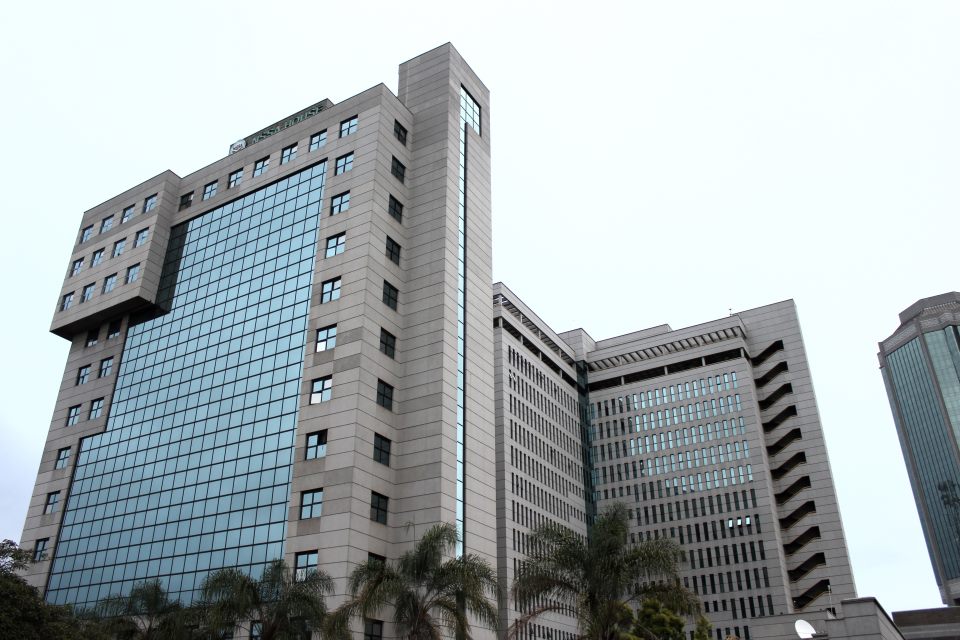
eBusiness Weekly

Martin Kadzere
The National Social Security Authority (NSSA) intends to raise at least US$500 million by end of year by floating a bond to finance infrastructure projects, chairman Robin Vela said.
NSSA would lead the exercise, which would also be participated by “various agencies” such as pension funds and insurance companies, Mr Vela told Business Weekly.
“It is a number of substance that will be in excess of half a billion dollars,” said Mr Vela. “We are looking to lead the capital raise to support a mix of investments in infrastructure including housing. But we do not want to set a parameter that we cannot reach.”
Zimbabwe does not have a meaningful budget to finance infrastructure projects as it spends about 80 percent of its budget on recurrent expenditure, according to official figures.
The World Bank has estimated the country requires at least US$18 billion to revive and develop new infrastructure, but its capacity to access long term capital is being hampered by inability to borrow from international financiers due to huge debt overhang.
Mr Vela said raising of the funds through the proposed bond would help NSSA, which holds assets worth about US$800 million as at December 31, 2016, to meaningfully participate in infrastructure projects, which allows the authority to match their long terms pension liabilities with cash flows from long term infrastructure projects.
“If we want to be significant we have to raise the bond. This is part of our mandate and we are very keen to ensure the bond succeeds . . . by end of the year,” said Mr Vela.
Some financial analysts said there was low volatility in infrastructure assets as a result of low correlation between infrastructure project assets and other financial asset classes whose performance closely track shifts in economic fundamentals.
“For pension funds, the infrastructure assets have greater cash-flow stability when the project has matured, that is operating at capacity and debt paid off,” said one analyst. “They offer a good risk-return trade-off — better than other asset classes such as equities and offer a good inflation hedge.”
While research has shown that high long term savings were major drivers of infrastructure development for developing nations, Zimbabwe’s saving ratio has been negative since 2011, making it one of the countries with the lowest savings rates in the region.
Zimbabwe’s savings ratio to the GDP was negative at -3,5 percent in 2011, -2 percent in 2012, -4,7 percent in 2013, -4,2 percent in in 2014 and -1,5 percent in 2015.
This means economic agents are spending beyond the gross national income. In the SADC region, the average savings ratio to GDP is 10 percent. South Africa, Malawi, Mozambique savings ratios are at 15 percent while Tanzania, Zambia, Botswana are at 20 percent.
Minister Chinamasa said local financial markets would not meaningfully develop when long term savings are low, adding domestic resources were key for capital projects.



